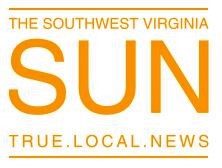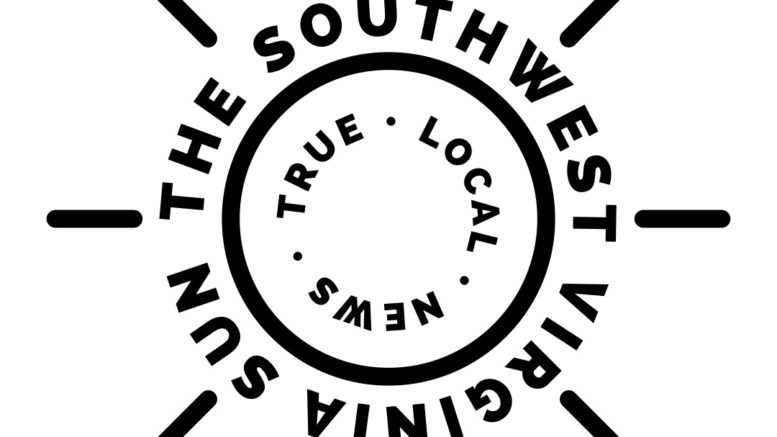A recent study of Virginia Natural Resources Conservation Service (NRCS) Farm Bill fund investments in the commonwealth highlights how “going green” refers to both conservation of natural resources and building a stronger economy with a vast web of connections that extends far beyond agriculture.
Every agency service actually triggers a “ripple effect” in the local economy. When a landowner uses NRCS financial assistance to help purchase fencing, for example, many others outside of the farm directly or indirectly benefit. Those funds not only support small businesses and/or companies that manufacture or install fences but also industries that supply goods and services to employees of the fencing companies as they purchase houses, meals, vehicles, health insurance and other essentials.
Financial assistance provided to landowners is really just the tip of the iceberg, however. Conservation Technical Assistance and Technical Assistance, which are provided at no cost, offer an opportunity to leverage resources to get conservation on the ground more effectively and efficiently while building strong partnerships via grants and agreements.
Using software called the Impact Analysis for Planning (IMPLAN), Virginia NRCS Agricultural Economist Austin Hunt traced the chain of events initiated with the first landowner contacts and running through to conservation planning services, applications for financial assistance, funding allocations and contracts. The impacts of those Farm Bill conservation dollars on the state’s economy can be quantified as an added value of $1.11 (2020) and $1.09 (2021) for every dollar NRCS obligates to put conservation on the ground.
Virginia NRCS disbursed $46.3 million in technical and financial assistance to farmers, ranchers and forest landowners in 2020, but the total economic impact is actually estimated at $74.8 million. The added value of this spending comes in at approximately $51.4 million when the contributions of Virginia workers and inputs to final market prices are factored into the equation. In 2021, the numbers were slightly lower but similar. A total NRCS investment of $40.8 million produced an estimated total output of $65.6 million with an added value of $44.5 million.
“While our primary focus will always be conservation of natural resources, this analysis highlights how these activities are connected to the health and vitality of our state’s economy,” Hunt said. “NRCS spending keeps Virginians working with 2020 program spending supporting 796 jobs and 704 positions in 2021. These numbers include approximately 150 NRCS employees assigned to 41 field offices across the commonwealth.”
NRCS funding also helped agricultural producers facing economic hardship due to pandemic-related price increases for building materials. NRCS assessed these economic impacts, identified conservation practices for which costs increased by 10 percent or more and made Coronavirus Agricultural Relief Payments available to participants who applied one or more of these practices in calendar year 2021.
“Our investments in voluntary, locally led conservation not only demonstrate our commitment to protecting the health and vitality of Virginia agriculture but also to growing rural economies,” said Dr. Edwin Martinez Martinez, NRCS’ state conservationist for Virginia. “Working closely with farmers, sister agencies and conservation partners, we are helping to build new markets and streams of income for farmers and producers using climate smart food and forestry practices.”


